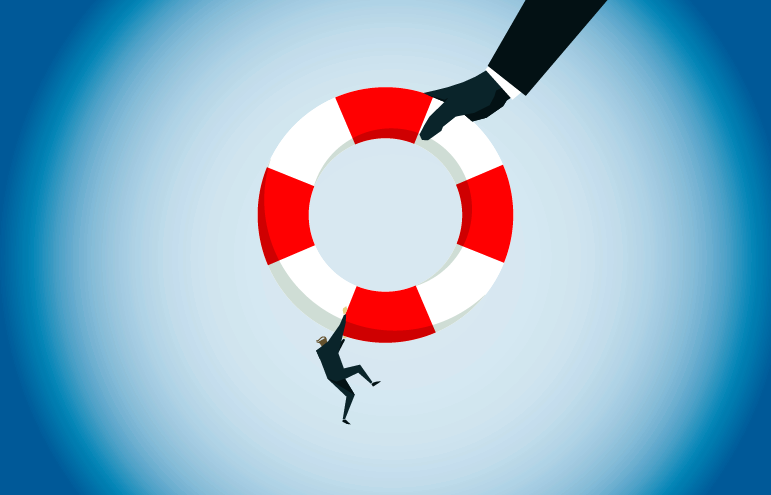After the Disaster: Real Community Banking Recovery Stories

Even the best-laid plans can go awry—especially after a disaster. Our real-life stories from actual community financial institutions underscore the importance of having an effective disaster recovery (DR) process in place.
It’s obvious that a disaster can strike anywhere and anytime. What’s less obvious is that a natural disaster doesn’t have to happen for a financial institution to implement its DR plan. For instance, a server room and all the equipment inside could become damaged by a fire or flood. A power outage or loss of a communications line could take out an institution’s phones, email, and internet. This could be devastating because communication is such an integral function of a financial institution.
Not knowing how long a power outage will last can further complicate the issue. If the outage stretches over a few hours or days, the institution should be thinking about implementing its DR process. But making that call can be difficult. That’s where having an outside team of DR experts available can be helpful. For example, we can help institutions quickly leverage Microsoft Azure for cloud site recovery. We can also assist with ongoing monitoring, maintenance, and testing to ensure the viability of their DR plan.
Real DR Stories from Community Banks
For example, a tornado struck one of our community bank clients and severely damaged its main office. The branch was rendered completely inoperable, unable to serve customers or employees. Fortunately, the critical servers that were housed in the building were not destroyed, and we were able to relocate them to a different branch location. The bank operated the servers from that site for a year while the main office was being rebuilt. Ultimately, we returned the servers to their original location and made the necessary reconfigurations to get everything functioning again. Moving the severs to a different place allowed the bank to avoid failback, which can be the most complicated aspect of the disaster recovery process.
Another DR scenario involves a financial institution on the South Carolina coast, where hurricanes frequently make landfall. In this case, a hurricane demolished the main office and completely flooded the location. As a result, the institution lost its servers, internet connection, and ability to communicate. The bank’s DR strategy relied on using 4G to restore internet connectivity, but the cell towers were down. Thankfully, the network had an old telecommunication circuit that we were able to get turned on and operational. So, after we dealt with the communication curveball, we were able to get the network—and bank—up and running again.
Community Bank in Alaska Shares Insights
It’s often the physical environment that determines the disasters that an institution may encounter. Potential hazards for Fairbanks, Alaska-based Denali State Bank include flooding from nearby rivers, jolting earthquakes, and volcanic eruptions on the Aleutian Chain. Therefore, Denali State Bank—which has $380 million in assets and 150 endpoints across five branches—focuses on ensuring that it has critical IT staff and services available during a disaster.
As part of its DR solution, the bank maintains a designated alternate site—one of its branches—that sits on a separate portion of the power grid. Denali also uses cloud-based Microsoft Azure, which makes it easy to run and test critical functions. During testing, the bank can shut down all connections to its main office (including large SQL servers), quickly spin up everything virtually through Azure, and establish connectivity through a Safe Systems co-location facility. This helps to ensure that vital functions will work properly to support the institution after a disaster.
Get more community banking DR insights. Listen to our webinar on “After a Disaster: Real Community Banking Recovery Stories” to make sure your institution is better prepared for an unexpected negative event.

